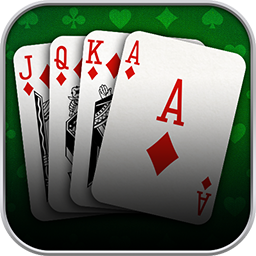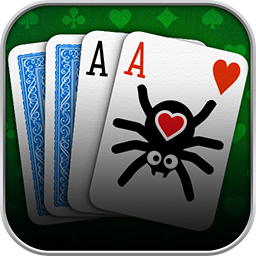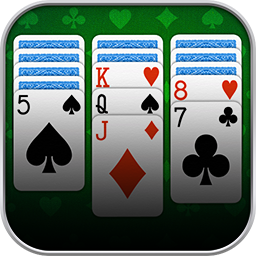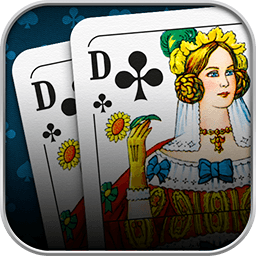Looking into card games, you will find branchy and age-old roots along with manifold changes and variants most of the time. That way, little to nothing is passed on about the original inventors. But at least we have a few century-old hints concerning Whistory!
Whist’s traces lead to England, where it gained extraordinary popularity in the 18th and 19th centuries. With its simple basic rules, it kept up broad popularity until today. Additionally, Whist comes with plenty of variants, as most classic card games do. As a result, there is always room for more tactics according to taste.
England, 16th Century: And So, It Begins

At the time, card games by the name of trump or ruff were popular in England. Both terms likely go back to an Italian card game called Ronfa, which is lost by now.
From these games emerged a variant titled Ruff and Honours or sometimes Slamm. It was played a lot until the 17th and 18th centuries when Whist likely evolved as another alteration. After all, Whist supposedly took off in the 18th century, and the games’ rulesets are quite similar.
Now that we know when Whist came up, it is time for a short digression into language. Since people often wonder, What does whist mean? The term whist meant something along the lines of calm, quiet, and attentive in 17th century England. This is the source of the word wistful, which is still in use, meaning thoughtful or longing with little hope.
Early 18th Century: Game of the Masses
Back to the card game: The Encyclopædia Britannica of 1911 captures a few first references and grading words concerning a game called Whist.
These entries suggest that Whist had anything but a fashionable reputation in the early 18th century. That much that Danies Barrington, an English lawyer of the time, called it a game of the servant’s hall.
Further comments from that period describe Whist as being only fit for hunting men and country squires and not for fine ladies or people of quality. As is often the case, that was about to change.

In the 18th Century: The First Rules
The same Barrington as before claimed that a party of gentlemen were the first to analyze Whist on scientific principles and formulate guidelines and best practices of play. That supposedly took place about 1728 at London’s Crown Coffee House in Bedford Row.

Generally, playing Whist seemed to spread abundantly across London coffeehouses of the fashionable society, shifting the Whist definition from humble to decorous.
One of this trend’s results is the earliest passed-down Whist rule set from 1742, titled A Short Treatise on the Game of Whist. Its originator was Edmond Hoyle, known especially as the author of works concerning the rules and play of card games in the 17th and 18th centuries.
Arrived in the fashionable society and equipped with a written down rulebook, Whist’s public esteem began to rise.
Further Development
Between Hoyle’s 1742 Treatise and the middle of the 19th century, varying Whist manuals were published, adding, editing, and removing game elements over and over.
That way, nominating the trump suit and the variant Short Whist came up, among others. In Short Whist, the score limit is five instead of ten points, and the old version was named Long Whist in turn. A single Whist definition was never an option, as it seems.
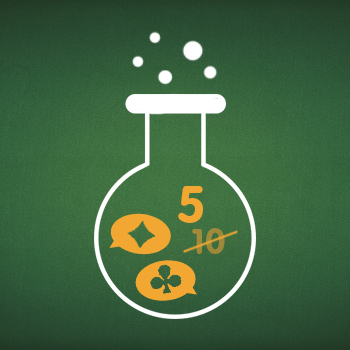
Meanwhile, the game expanded and reached France, for example. And, of course, further local adaptions evolved. At some point, proponents of the new and old school of Whist stood face-to-face while more variants kept sprouting. One of them was Bid Whist, which emerged in the USA.
Bridge and Whist Recession
Some Whist variants became quite complex. And as a result, many players were appreciative of the new and equally fascinating game Bridge by the end of the 19th century.
That way, Whist was largely superseded, at least temporarily. But thanks to eager play rounds, plenty of Whist’s offspring with numerous names survived until the present day.
Whist Definition Today
So, what is Whist today? We would call it a worldwide variety! Of course, nowadays, people strive to categorize the descended range of Whist games to keep some type of overview. Due to naming traditions in different languages, that is even more complicated. But let us roughly stick to the categorizations suggested by John McLeod. He is a card game researcher from Great Britain.
There is the Classic Whist Group, where four players in fixed partnerships play for the tricks. The partners sit at opposite sides of the table at all times.

Then, we can deduce the Boston Whist Group, where neither coincidence nor rules, but the players name the trump suit.
These games overlap with the Auction Whist Group. Here, there is a bidding phase before trick-taking. During bidding, the players have an auction for the right to decide the trump color, for example. Bid Whist, naturally, fits this group, as does Bridge.
John McLeod also opens the Exact Bidding Group. With these games, it is all about precisely predicting how many tricks and points you will win each round. You might be familiar with this principle from Oh Hell! or Wizard.
Finally, he collects Whist Games for different numbers of players in their own group.
Of course, these categories aren’t set in stone, and one Whist game might fit into multiple of them. Additionally, any group of players knows slightly different rules than the next one. That can get your head spinning, alright!
Whist Online at the Whist Palace
We think Whist remained until today because it is entertaining and yet tactical. On top, games with teamplay have their specific appeal.
Feel free to try the globally popular Bid Whist at our Palace! And if you know some variants or want to get to know some of them, you can utilize our custom rules. May the cards be in your favor, and have fun!


